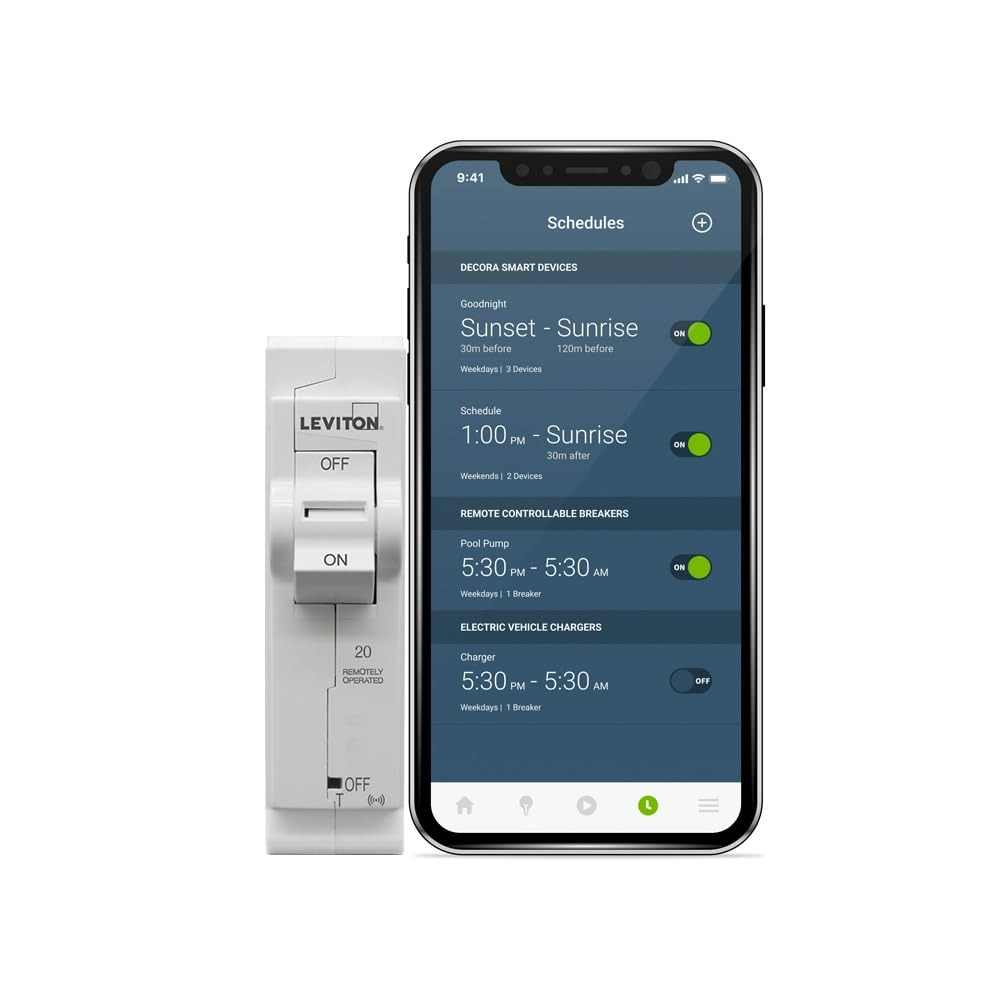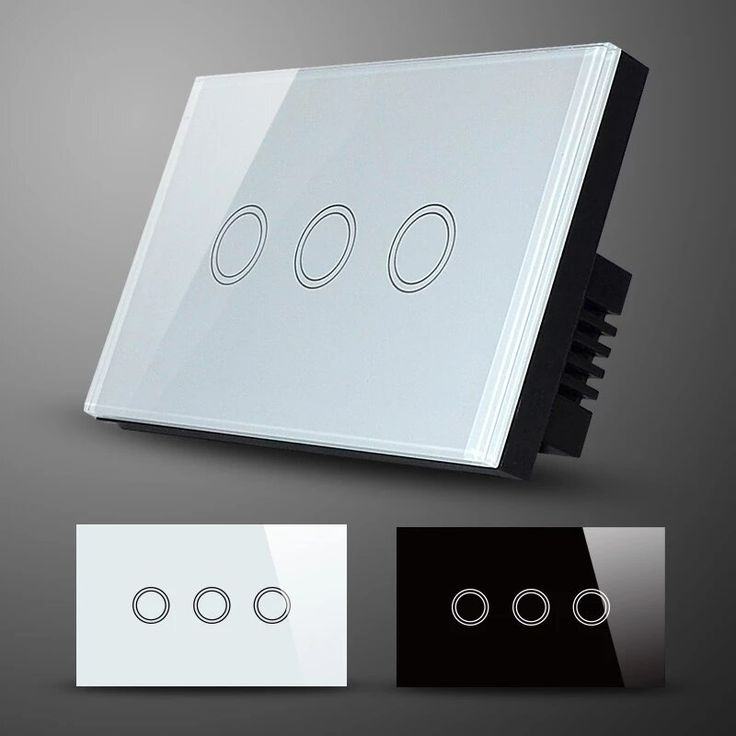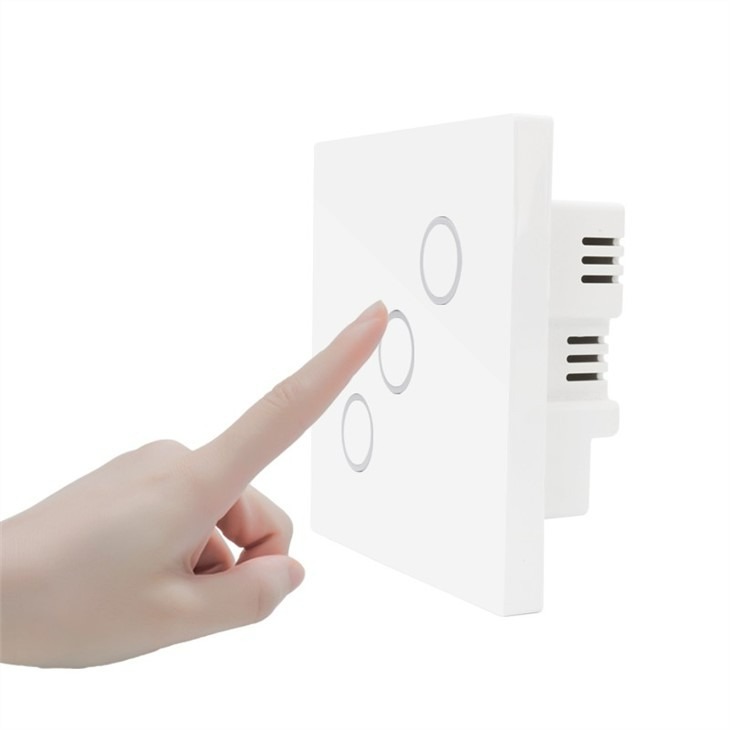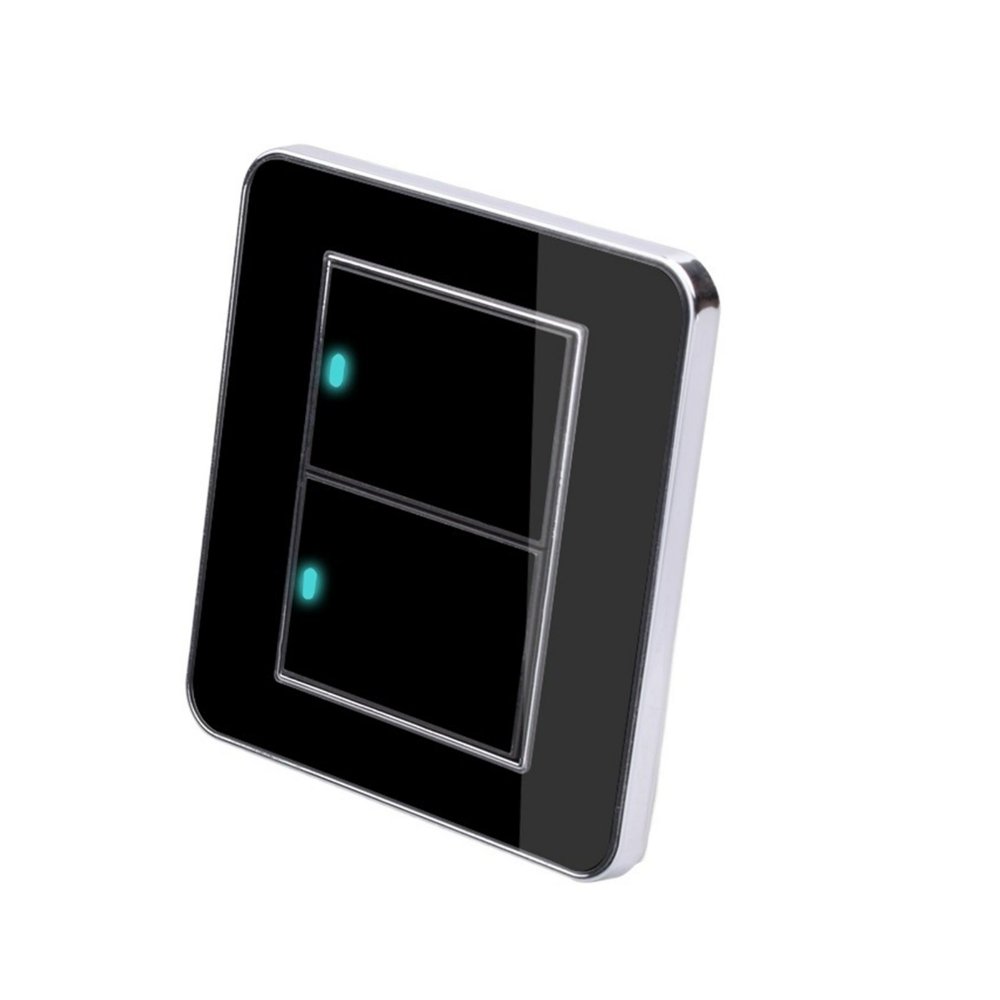Introduction to Smart Switches
Smart switches are a central piece of smart home technology. Simply put, they are enhanced versions of traditional switches. Unlike ordinary switches, smart switches connect to your home Wi-Fi network. This allows them to control various home devices like lighting, fans, and appliances.
They provide several advantages over conventional switches. For one, they can be managed remotely via smartphone apps. Voice control is another cool feature. If you have a voice assistant like Amazon Alexa or Google Home, you can control them without lifting a finger.
To make things clearer, think of smart switches as advanced tools. They not only turn your devices on and off but also offer scheduling options. This means you can program them to work at certain times. The result? A more convenient and efficient home.
What is a smart switch? In essence, smart switches bring your home’s electrical system into the digital age. They are a step towards making your home more intelligent and responsive to your needs. As we progress through this blog, we’ll explore the benefits, functionality, and installation of these innovative devices.

Benefits of Smart Switch Technology in Home Automation
Transforming a traditional home into a smart one is all about adding convenience and control. Smart switch technology plays a vital role in this transformation. Here’s how:
- Energy Savings: Smart switches help you save on energy bills. They can turn off lights and appliances when not needed. Set schedules to manage energy usage effectively.
- Remote Control: With smart switches, you can control your home’s devices from anywhere. Use your smartphone to turn off the living room lights while at work.
- Voice Activation: Link smart switches to voice assistants like Amazon Alexa or Google Home. Control your home just by speaking.
- Enhanced Security: Set your lights to turn on and off at different times. This can make it look like someone is home, deterring potential intruders.
- Convenience: Manage your home’s lights, fans, and other devices easily. Adjust settings without moving around the house.
- Customizable Settings: Create ‘scenes’ for activities like reading or movie nights. Smart switches adjust the lighting to match your needs.
- Integration: Smart switches work with other smart home devices. Create a connected ecosystem for added functionality.
Overall, smart switch technology delivers a combination of comfort, cost-efficiency, and control to smart home automation. It’s a key component in modern home management.
The Functionality of Smart Switches
Smart switches serve as high-tech upgrades to traditional switches. They bring several functions to enhance your home’s automation. They fall into two categories based on their functions: manual control replacements and smart home integrators.
- Wireless Control: Smart switches use Wi-Fi, Bluetooth, Zigbee, or Z-Wave to connect to other devices. You can manage them from your phone, tablet, or voice assistant.
- Remote Access: Even when you’re away, these switches let you control your lights and devices. Use an app to turn off lights or check if devices are on.
- Scheduling: Set times for lights to turn on or off. Adjust them to suit your routine or to save energy.
- Automation Scenes: Create ‘scenes’ for different activities, like movie nights. Your switches adjust lights without your input.
- Compatibility: They work with many smart home systems. Link them to sensors or other devices for more control.
Smart switches upgrade your home life. They add comfort and convenience while saving energy. Their integration with home systems makes your life simpler. You control devices with a tap or a voice command, and customize settings to fit your lifestyle.

Installation and Setup of Smart Switches
Installing smart switches is a straightforward process, but there are some key points to remember. Here’s a simple guide to get you started:
- Check Wiring Compatibility: Before purchasing, ensure your home has a neutral wire. Most smart switches require one for power.
- Turn Off Power: Safety first – always turn off the circuit breaker before working on electrical installations.
- Follow Instructions: Use the manufacturer’s guide for step-by-step installation. This might involve connecting wires and mounting the switch on the wall.
- Download the App: Get the corresponding mobile app to configure and control the smart switch.
- Connect to Wi-Fi: In the app, connect the smart switch to your home Wi-Fi network for remote access.
- Pair with Devices: Sync your switch with other smart home devices like bulbs or appliances.
- Test the Switch: Once everything is set up, test the smart switch to make sure it operates correctly.
- Set Up Voice Control: If you have a voice assistant, link your new switch for hands-free operation.
By following these steps, you can enjoy the enhanced capabilities of smart switches, such as remote access and voice commands. Remember to also check for updates regularly to keep your device running smoothly and securely.
Compatibility with Smart Home Ecosystems
One key feature of smart switches is their ability to work with various smart home ecosystems. This compatibility ensures smooth integration and centralized control of your home automation.
Works with Major Voice Assistants
Smart switches often support voice commands through major assistants like Amazon Alexa, Google Home, or Apple HomeKit. This allows for hands-free control and adds a layer of convenience to daily routines.
Seamless Integration with Other Smart Devices
Smart switches can connect with an array of devices, such as smart bulbs, thermostats, and security systems. They often use common protocols like Wi-Fi, Zigbee, or Z-Wave for this purpose.
Enhancements through App Connectivity
Most smart switches have associated apps. These apps offer remote control, customization, and the ability to create automated ‘scenes’ or schedules for your devices.
Building a Unified Smart Home Network
A smart switch can serve as a hub, linking various devices to create a unified network. This network allows for better coordination and automation of home functions.
Interoperable with Smart Home Standards
Look for smart switches that adhere to recognized smart home standards. This ensures wider compatibility and future-proofing of your smart home setup.
By choosing smart switches that are designed to integrate seamlessly with smart home ecosystems, you can unlock a more convenient, streamlined, and intelligent living experience.

Types of Smart Switches and Their Uses
When diving into the world of smart switches, you’ll find several types to choose from. Each serves different needs and fits various scenarios in home automation. Here we outline the common types of smart switches and how they can be used in your smart home setup.
- Manual Control Replacements: These smart switches replace traditional light switches. They let you control lights with apps and voice commands.
- Remote Control Switches: With these, you can turn devices on or off from anywhere. They are perfect for managing devices when you’re not home.
- Dimmer Switches: Adjust light brightness with these switches. They are great for setting the mood in any room.
- Three-Way Switches: These control lights from two locations. They work well in hallways and staircases.
- Motion-Activated Switches: Lights turn on when motion is detected. They’re useful in bathrooms and garages.
- Timer Switches: Set these to turn lights on and off at specific times. They help save energy and improve security.
- Smart Plug Switches: These make any outlet ‘smart.’ Plug in a lamp or fan for instant smart control.
Each type of smart switch has a unique role in home automation. By matching the right switch to the desired function, you can enhance your home’s efficiency and convenience. Choose dimmer switches for ambiance, motion-activated for safety, or smart plug switches for easy upgrades to smart home tech.
Scheduling and Automation with Smart Switches
Smart switches shine when it comes to scheduling and automation. They can transform your daily routines with ease. Here are some ways these tools can work for you:
- Set Timers and Schedules: Arrange for lights to turn on before you wake up. Or program them to switch off when everyone’s in bed.
- Automate Tasks: Link switches to motion sensors so lights come on when you enter a room. That’s handy and saves energy.
- Create Scenes: Craft settings for different activities. For example, dim the lights for movie time with a single command.
- Remote Updates: Change schedules or settings from your phone, no matter where you are.
These features not only add comfort but also help in reducing energy bills. Your home becomes more efficient as smart switches manage devices based on your patterns. They’re great for both convenience and going green.
Remember to pick smart switches compatible with your devices. This ensures they work well together, for a truly smart home.
Key Considerations Before Choosing Smart Switches
When diving into the smart home market, selecting the right smart switch is crucial to your home automation experience. Here are essential factors to consider:
- Compatibility: Ensure the smart switches are compatible with your home’s existing devices and ecosystems. Look for support with major platforms like Amazon Alexa, Google Home, or Apple HomeKit.
- Wiring Requirements: Check if your home has neutral wires necessary for most smart switch installations. Homes built before 1980 may need rewiring.
- Network Connectivity: Smart switches require a strong Wi-Fi network. Confirm that your home network can handle additional devices without losing reliability.
- Electrical Load: Consider the electrical load the smart switch will handle. It must support the wattage of the devices you intend to connect.
- Functionality: Decide what functions you need. Options include dimming, motion detection, or remote control. Pick switches with the features that match your lifestyle.
- Ease of Use: Look for a user-friendly app interface. It should offer straightforward setup and customization options.
- Design: Think about how the smart switches will fit with your home’s aesthetics. They come in various styles and colors.
- Future Expansion: Choose smart switches that allow for future smart home growth. Opt for ones using standard protocols like Wi-Fi, Zigbee, or Z-Wave.
- Cost: Budget accordingly, as smart switch prices vary. Invest in quality devices that offer long-term value.
By carefully considering these points, you’ll be well on your way to creating a convenient, connected, and smart living environment in your home.
